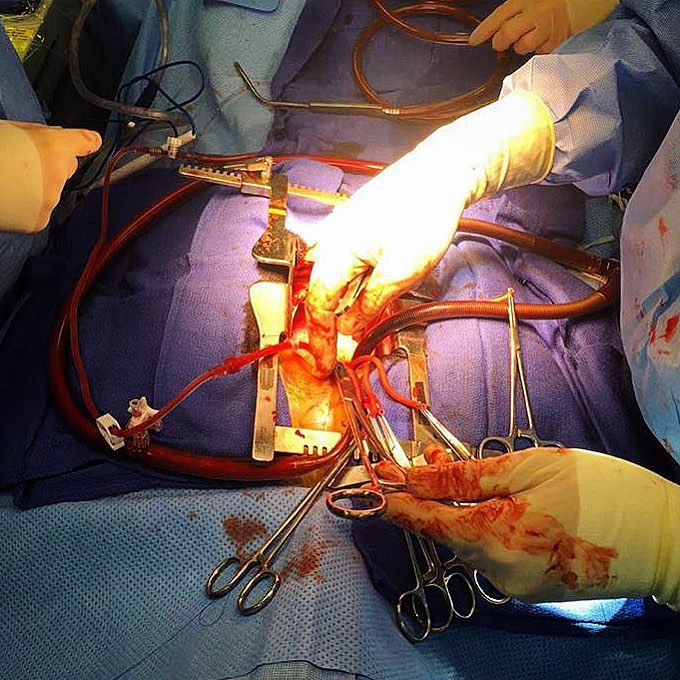


Pulmonary valve surgery!
We've received the following image from a 17 year old who recently underwent pulmonary valve replacement. He's 8 weeks post op and was just cleared to resume normal physical activity.The pulmonary valve regulates the blood flow between the heart's right ventricle and the pulmonary artery, controlling the blood flow between the heart and lungs. Much like the other valves, it can be affected either by stenosis or regurgitation. Pulmonary regurgitation simply means there a backflow or leakage from the pulmonary artery to the right ventricle of the heart during diastole. In many cases this can be harmless and typically diagnosed by an Echocardiogram or EKG. Pulmonary stenosis, or narrowing, occurs when the valve cannot open wide enough. As a result, less blood flows to the lungs, followed by symptoms such as chest pain, shortness of breath, fainting, fatigue and cyanosis.In many patients, either a repair or complete replacement of the damaged valve with a tissue (bioprosthetic) or mechanical valve is needed to achieve full recovery. The tissue valves are taken from animals (e.g. pig, cow) and they do not require long-term anticoagulation and are not as durable as mechanical valves. Mechanical valves are more durable but at the same time require extensive anticoagulation to avoid complications such as formation of blood clots.

